Home>Garden Essentials>Where Do Nodes Develop On Turf Grass
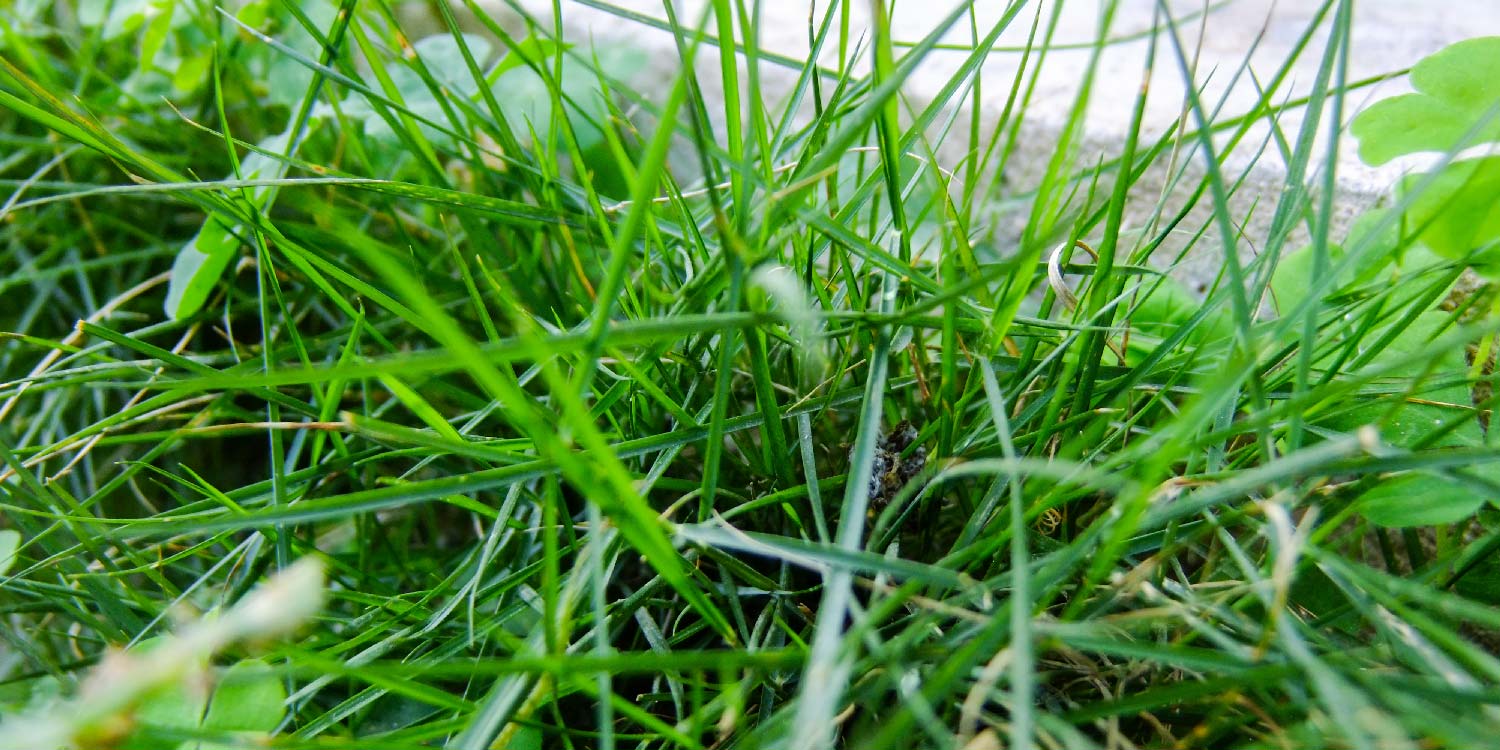

Garden Essentials
Where Do Nodes Develop On Turf Grass
Modified: March 7, 2024
Discover where nodes develop on turf grass in your garden. Gain insights on how nodes affect growth and how to promote healthy node development for lush lawns.
(Many of the links in this article redirect to a specific reviewed product. Your purchase of these products through affiliate links helps to generate commission for Storables.com, at no extra cost. Learn more)
Introduction
When it comes to the growth and development of turf grass, nodes play a key role. Nodes are crucial in the formation of shoots and tillers, which are essential for the overall health and density of a turfgrass stand. Understanding where nodes develop and the factors that influence their development is important for turfgrass managers and homeowners alike.
Nodes are essentially the points along the turf grass stem where leaves, buds, and other lateral structures develop. They serve as important areas of growth and branching, allowing the grass to spread horizontally and fill in gaps. By promoting node development, turfgrass managers can encourage a denser and healthier lawn, providing a more aesthetically pleasing and resilient surface for both recreational activities and environmental benefits.
In the following sections, we will delve deeper into the definition of nodes, explore the factors that affect their development, and discuss the role they play in the growth of turf grass. We will also examine the environmental, cultural, and genetic factors that can influence node development, as well as some management strategies that can be implemented to promote it.
Key Takeaways:
- Nodes are like growth hubs for turf grass, where leaves and lateral shoots develop. Factors like temperature, light, water, and genetics influence their formation, so proper management is crucial for a healthy lawn.
- To promote lush and resilient turf grass, managers should focus on mowing, watering, fertilization, aeration, and selecting suitable grass varieties. These strategies create ideal conditions for optimal node development.
Read more: Where Do You Buy Astro Turf
Definition of Nodes
In the context of turf grass, nodes are the specific points along the stem where leaves and lateral shoots, known as tillers, emerge. They are responsible for the branching and growth of the grass, contributing to its overall density and coverage. Each node consists of a bud, which has the potential to develop into a leaf or a new shoot.
Nodes serve as important hubs for growth and expansion, allowing the turf grass to spread horizontally and fill gaps in the turf stand. They are usually found in the areas where the stem is slightly thicker or swollen, indicating the presence of a developing bud or tiller.
The distance between nodes can vary depending on the grass species and environmental conditions. Generally, cooler-season grasses tend to have shorter internodes (the sections of the stem between nodes), resulting in a more compact and dense growth habit. On the other hand, warm-season grasses often have longer internodes, which contribute to their more open and spreading growth pattern.
The development of nodes is an ongoing process in turf grass. As the grass grows and matures, nodes will continue to form along the stem, leading to new shoots and tillers. This continual development is important for the health and vigor of the turfgrass stand, as it allows for self-repair, adaptation to changing environmental conditions, and overall expansion.
In the next sections, we will explore the various factors that can influence the development of nodes in turf grass. Understanding these factors is crucial for implementing effective management strategies to promote optimal node development and ensure a thriving turfgrass lawn.
Factors Affecting Node Development
The development of nodes in turf grass is influenced by a variety of factors, ranging from environmental conditions to cultural practices and genetic characteristics of the grass. Understanding these factors can help turfgrass managers make informed decisions and implement strategies to promote optimal node development. Let’s take a closer look at some of the key factors:
- Temperature: Temperature plays a significant role in node development. Cool-season grasses tend to produce more nodes during periods of cooler temperatures, while warm-season grasses thrive in warmer conditions. The temperature affects the growth rate of the grass and determines the timing and frequency of node development.
- Light: Light availability is crucial for node development. Grasses require adequate sunlight to photosynthesize and produce the necessary energy for growth and development. Insufficient light can lead to weak node development and sparse turfgrass stands.
- Water: Proper hydration is essential for healthy node development. Inadequate water availability can hinder the growth and development of nodes, leading to stunted turfgrass growth. On the other hand, excessive water can result in shallow roots and increased susceptibility to diseases.
- Nutrients: Adequate nutrient availability is vital for optimal node development. Nitrogen, phosphorus, and potassium are particularly important for promoting vigorous growth and healthy nodes. Imbalances or deficiencies in nutrient levels can negatively impact node development and overall turfgrass health.
- Mowing Height: The mowing height of turf grass can influence node development. Mowing too low can remove the top portion of the grass, including the developing nodes, and hinder their growth. It is important to set the mowing height at an appropriate level to promote healthy node development and encourage lateral spreading.
- Thatch and Soil Compaction: Excessive thatch buildup and soil compaction can inhibit proper node development. Thatch is a layer of dead organic matter that accumulates between the grass blades and the soil surface. Excessive thatch can hinder nutrient and water absorption, affecting node development. Similarly, compacted soil restricts the movement of roots, impeding the growth and development of nodes.
- Genetics: The genetic characteristics of turf grass species and cultivars can also influence node development. Different grass varieties have inherent traits that affect their growth habit, including the distance between nodes and the overall density of the turfgrass stand. Selecting grass varieties with desirable genetic traits can help promote optimal node development.
By considering these factors and implementing appropriate management practices, turfgrass managers can create favorable conditions for node development, resulting in denser, healthier, and more visually appealing turfgrass lawns.
Role of Nodes in Turf Grass
Nodes play a crucial role in the growth and development of turf grass. They serve as the points from which leaves, lateral shoots, and tillers emerge, contributing to the overall density and coverage of the turfgrass stand. Understanding the role of nodes can help turfgrass managers make informed decisions and implement effective management strategies. Let’s explore the significance of nodes in turf grass:
- Shoot Formation: Nodes are responsible for the formation of shoots in turf grass. When the bud located at a node starts to grow, it develops into a new shoot. These shoots contribute to the overall density of the turfgrass stand and help fill in gaps, resulting in a lush and visually appealing lawn.
- Tiller Formation: Nodes also play a vital role in the production of tillers, which are lateral shoots that emerge from the base of the grass plant. Tillers help the turfgrass spread horizontally and establish new growth points. They contribute to the overall thickness and coverage of the turfgrass stand, making it more resilient to wear, traffic, and environmental stress.
- Lateral Spreading: With each node producing new shoots and tillers, turf grass can spread laterally, allowing it to fill in bare spots and establish a more uniform cover. This lateral spreading is essential for creating a cohesive lawn surface and preventing weed invasion.
- Self-Repair and Recovery: Nodes also play a vital role in the self-repair and recovery of turf grass. In areas where the grass has been damaged or worn out, nodes allow for the growth of new shoots and tillers, facilitating the regeneration of the turfgrass stand. This ability to recover quickly is especially important for high-traffic areas, sports fields, and other areas prone to damage.
- Adaptation to Environmental Conditions: Nodes allow turf grass to adapt to changing environmental conditions. During periods of stress, such as drought or extreme temperatures, nodes can produce new shoots and tillers that are better adapted to survive such conditions. This adaptability helps turf grass maintain its health and vigor, even in challenging environments.
By understanding the role of nodes in turf grass, turfgrass managers can implement management practices that promote their development and maximize the potential of the turfgrass stand. Proper mowing height, adequate nutrition, and regular aeration can all contribute to optimal node development, resulting in a denser, healthier, and more resilient lawn.
Environmental Factors Influencing Node Development
Node development in turf grass is greatly influenced by environmental factors. The conditions in which the grass grows can have a significant impact on the growth and formation of nodes. Understanding these environmental factors is essential for turfgrass managers to create optimal conditions for node development. Let’s explore some of the key environmental factors:
- Temperature: Temperature plays a critical role in node development. Cool-season grasses tend to produce more nodes during periods of cooler temperatures, while warm-season grasses thrive in warmer conditions. The temperature affects the growth rate of the grass and determines the timing and frequency of node development.
- Light: Adequate light is crucial for optimal node development. Grasses require sunlight for photosynthesis, the process that converts light energy into chemical energy. Insufficient light can inhibit proper node development, leading to weak growth and sparse turfgrass stands. Ensuring that the grass receives enough sunlight by minimizing shading from trees or structures is important for promoting healthy node development.
- Water: Adequate water supply is essential for healthy node development. Water is required for nutrient absorption and transport within the grass plant. Insufficient water can hinder the growth and development of nodes, leading to stunted turfgrass growth. Conversely, excessive water can result in shallow root growth and increased susceptibility to diseases. Proper irrigation practices that provide the grass with sufficient, but not excessive, water can promote optimal node development.
- Nutrients: Nutrient availability is crucial for node development. Grasses require a balanced supply of essential nutrients, such as nitrogen, phosphorus, and potassium, for healthy growth. Imbalances or deficiencies in nutrient levels can negatively impact node development and overall turfgrass health. Conducting soil tests and providing the grass with appropriate fertilization can ensure that the necessary nutrients are available for optimal node development.
- Air Circulation: Good air circulation is important for promoting healthy node development. Stagnant air can create a humid environment that encourages the growth of diseases and pests, which can hinder node development. Adequate air movement can help prevent the buildup of moisture around the nodes, allowing for optimal growth and development.
- Soil Quality: The quality of the soil in which the turf grass grows can also impact node development. Well-drained soil that allows for proper root development promotes optimal node formation. Soil compaction and excessive thatch buildup can inhibit root growth and restrict nutrient and water uptake, leading to poor node development. Regular aeration and dethatching practices can help alleviate these issues and promote healthy node development.
By considering and managing these environmental factors, turfgrass managers can create favorable conditions for node development. Implementing proper watering, nutrition, and aeration practices, as well as promoting good air circulation and minimizing shading, can all contribute to optimal node development in turf grass.
Nodes on turf grass develop at the base of the plant, where the stem meets the roots. They are important for new growth and can be encouraged by proper watering and fertilization.
Read more: Where To Buy Fake Turf
Cultural Practices Influencing Node Development
Cultural practices are an essential aspect of turfgrass management and can significantly influence node development in turf grass. By implementing proper cultural practices, turfgrass managers can create favorable conditions that promote optimal node formation and growth. Let’s explore some of the key cultural practices that influence node development:
- Mowing Height: The mowing height of turf grass plays a crucial role in node development. Mowing too low can remove the top portion of the grass, including the developing nodes, and hinder their growth. It is important to set the mowing height at an appropriate level for the grass species and desired turf density. By allowing the grass to grow slightly taller, more nodes can develop, leading to a denser and healthier turfgrass stand.
- Mowing Frequency: The frequency of mowing can also impact node development. Regular mowing ensures that the grass maintains an appropriate height, preventing the nodes from being removed during each mowing. A consistent mowing schedule allows for the continual development of nodes and promotes the growth of new shoots and tillers.
- Watering Practices: Proper watering practices are crucial for optimal node development. Irrigating deeply and infrequently promotes deeper root growth, which in turn encourages the development of nodes. Watering too frequently but shallowly can result in shallow root growth and hinder node development. It is important to water the turf grass thoroughly to encourage deep root growth and support healthy node development.
- Fertilization: Nutrient availability is essential for healthy node development. Providing the grass with timely and balanced fertilization can promote optimal node formation. Nitrogen, phosphorus, and potassium are particularly important for promoting vigorous growth and healthy nodes. However, it’s important to avoid over-fertilization, as excess nutrients can lead to excessive shoot growth and negatively impact node development.
- Aeration: Regular aeration of the turf grass can significantly influence node development. Aerating the soil helps alleviate compaction and improve air and water movement into the root zone. This promotes root growth and nutrient uptake, which are critical for optimal node development. Aeration also encourages lateral spreading by creating channels for new shoots and tillers to emerge.
- Dethatching: Excessive thatch buildup can hinder node development. Thatch is a layer of dead organic matter that accumulates between the grass blades and the soil surface. It can create a barrier that restricts nutrient and water movement and hampers proper node formation. Regular dethatching can remove this thatch layer and promote healthy node development in the turf grass.
- Weed Control: Weeds can compete with turf grass for resources, including light, water, and nutrients. They can also hinder proper node development by shading the grass and limiting its growth. Implementing effective weed control measures can help maintain a healthy turfgrass stand and promote optimal node development.
By implementing these cultural practices, turfgrass managers can create the ideal conditions for node development. Combined with proper environmental and genetic considerations, these practices contribute to a denser, healthier, and more visually appealing turfgrass lawn.
Genetic Factors Influencing Node Development
Genetic factors play a significant role in node development within turf grass. Different grass species and cultivars exhibit inherent traits that can influence node formation and growth. Understanding these genetic factors is essential for selecting the right grass varieties and cultivars that promote optimal node development. Let’s explore some of the key genetic factors influencing node development:
- Species and Cultivar Selection: Different turf grass species and cultivars have varying genetic characteristics that affect their growth habits, including node development. Some species naturally produce more nodes, leading to denser turfgrass stands, while others have a more open growth pattern. By selecting grass varieties with desirable genetic traits, such as improved tillering capacity and lateral spreading, turfgrass managers can promote optimal node development.
- Internode Length: The length of the internodes, the sections of the stem between nodes, is influenced by genetic factors. Grasses with shorter internodes tend to have a more compact growth habit and higher node density. This leads to denser turf grass with increased tillering capacity. On the other hand, grasses with longer internodes have a more open and spreading growth pattern, with wider spacing between nodes.
- Stoloniferous vs. Rhizomatous Growth: Some turf grass species have stoloniferous growth, where nodes develop along above-ground runners called stolons. Others have rhizomatous growth, where nodes develop on below-ground horizontal stems called rhizomes. Both growth types contribute to lateral spreading and the formation of new shoots and tillers, ultimately affecting node development.
- Genetic Mutations: Genetic mutations can occur naturally or be intentionally induced through breeding programs. These mutations can lead to variations in node development and growth habit. New cultivars with desirable genetic mutations may exhibit improved tillering capacity, increased node density, or other characteristics that promote denser and healthier turfgrass stands.
- Genetic Diversity: Genetic diversity within a grass population can influence node development. With a diverse genetic pool, there is a higher likelihood of variations in growth habit and node development. Preservation of genetic diversity through proper seed sourcing and avoiding monoculture planting can help promote adaptability and resilience in turfgrass stands.
When selecting grass species and cultivars, it is important to consider the genetic factors that influence node development. Consulting with turfgrass experts or utilizing resources such as university extension services can provide valuable insights into the genetic characteristics of different grass varieties and their suitability for specific environmental conditions and management goals.
By understanding and harnessing the genetic factors influencing node development, turfgrass managers can choose the right grass varieties and cultivars that promote optimal node formation and create aesthetically pleasing and healthy turfgrass lawns.
Management Strategies for Promoting Node Development
Promoting node development is crucial for establishing denser, healthier, and visually appealing turfgrass stands. By implementing effective management strategies, turfgrass managers can create optimal conditions that encourage the growth and formation of nodes. Here are some strategies to consider:
- Proper Mowing Practices: Set the mowing height at an appropriate level for the turfgrass species and desired density. Avoid mowing too low, as it can remove the developing nodes. Regular mowing, at a frequency that ensures the grass does not exceed one-third of its height, promotes continuous node development and lateral spreading.
- Watering Wisely: Water the turfgrass deeply and infrequently to encourage deep root growth and support node development. Avoid shallow and frequent watering, which can result in shallow roots and hinder node formation. Adjust the irrigation schedule to account for environmental conditions and water requirements of the turfgrass species.
- Proper Fertilization: Ensure the turfgrass receives proper nutrition by conducting soil tests and providing appropriate fertilization. Nitrogen, phosphorus, and potassium are particularly important for promoting healthy node development. Follow the recommendations of a soil test report and consider nutrient release rates to avoid over-fertilization, which can lead to excessive shoot growth and negatively impact node formation.
- Aeration and Dethatching: Regularly aerate the soil to alleviate compaction, improve air and water movement, and promote healthy root growth. This facilitates nutrient uptake and node development. Also, dethatch the turfgrass when excessive thatch buildup occurs to prevent hindrance to nutrient and water movement, which can impede node formation.
- Weed Control: Implement effective weed control practices to prevent weeds from competing with turfgrass for resources. Weeds can shade the grass, limit its growth, and hinder node development. Proper weed management promotes optimal node development, density, and overall turfgrass health.
- Selection of Suitable Grass Varieties: Consider the genetic characteristics of different grass species and cultivars to select those that are known for promoting optimal node development. Consult with turfgrass experts or utilize resources provided by university extension services to identify grass varieties that best suit the specific environmental conditions and management goals.
- Regular Maintenance: Stay on top of regular maintenance practices, such as proper fertilization, pest control, and disease management. Healthy turfgrass stands are more resilient and better equipped for optimal node development.
Implementing these management strategies requires careful consideration of environmental conditions, turfgrass species, and specific site requirements. Paying attention to cultural practices and genetic factors, and incorporating them into a comprehensive turfgrass management plan, will promote optimal node development and result in a denser, healthier, and more visually appealing turfgrass lawn.
Conclusion
Node development plays a crucial role in the growth and development of turf grass. Understanding where nodes develop and the factors that influence their formation is essential for turfgrass managers and homeowners looking to create lush, healthy, and visually appealing lawns.
In this article, we explored the definition of nodes and their importance in turf grass. We discussed how nodes are the points along the grass stems where leaves, buds, and lateral structures develop. These nodes contribute to the growth of shoots and tillers, which are instrumental in establishing a dense and resilient turfgrass stand.
We also examined various factors affecting node development. Environmental factors, such as temperature, light, water, and nutrients, play a significant role. Cultural practices, including proper mowing, watering, fertilization, aeration, and dethatching, can also influence node development. Additionally, genetic factors, such as grass species and cultivar selection, internode length, and growth characteristics, impact node formation.
To promote optimal node development, turfgrass managers should implement a range of management strategies. This includes proper mowing practices, wise watering techniques, appropriate fertilization, regular aeration and dethatching, effective weed control, and selection of suitable grass varieties with desirable genetic traits. By considering these strategies, turfgrass managers can create ideal conditions for node development and foster denser, healthier, and more visually appealing turfgrass lawns.
In conclusion, understanding node development in turf grass is essential for maintaining a thriving lawn. By incorporating environmental, cultural, and genetic factors into effective management strategies, turfgrass managers can create the optimal conditions for promoting node development, ultimately resulting in a vibrant and resilient turfgrass stand.
Frequently Asked Questions about Where Do Nodes Develop On Turf Grass
Was this page helpful?
At Storables.com, we guarantee accurate and reliable information. Our content, validated by Expert Board Contributors, is crafted following stringent Editorial Policies. We're committed to providing you with well-researched, expert-backed insights for all your informational needs.
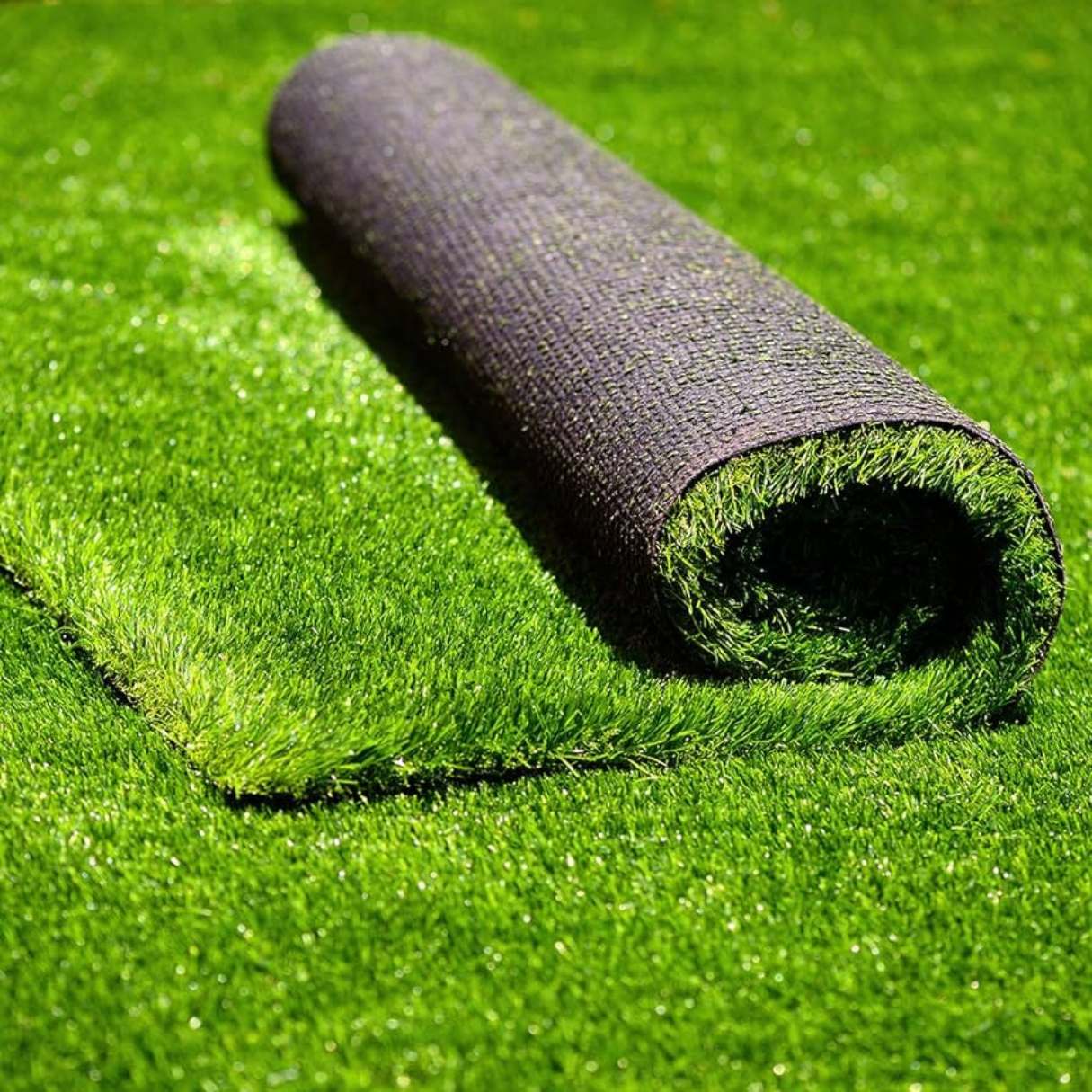
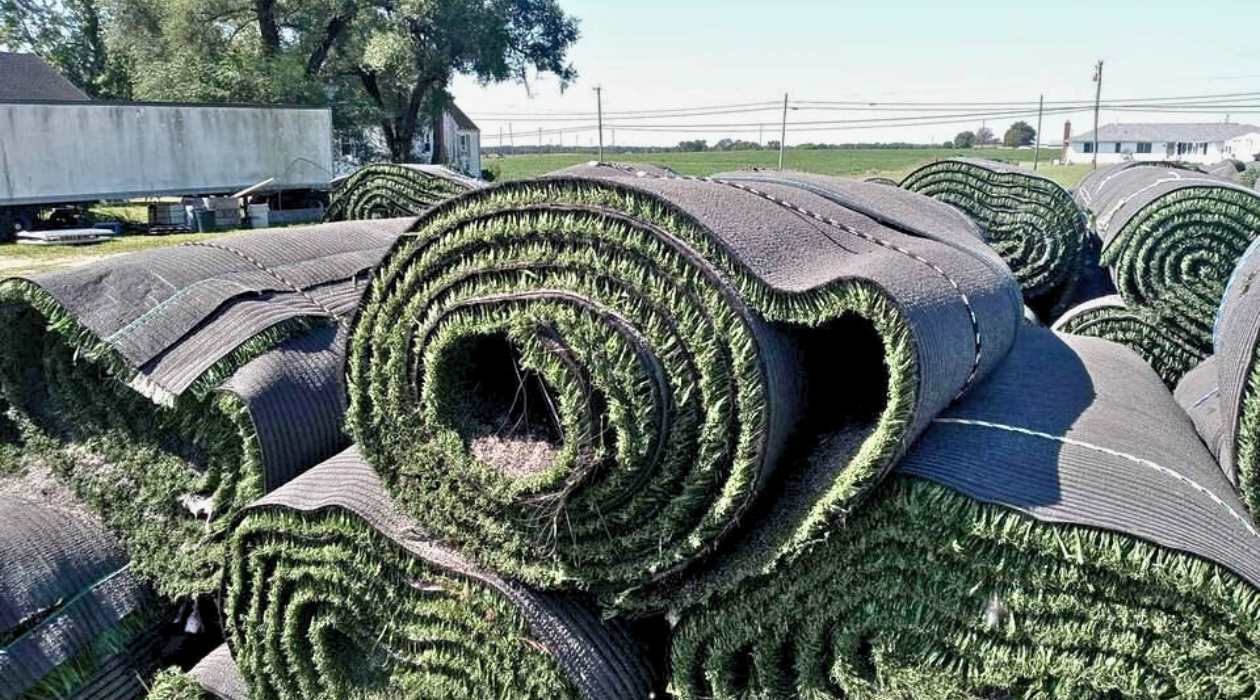
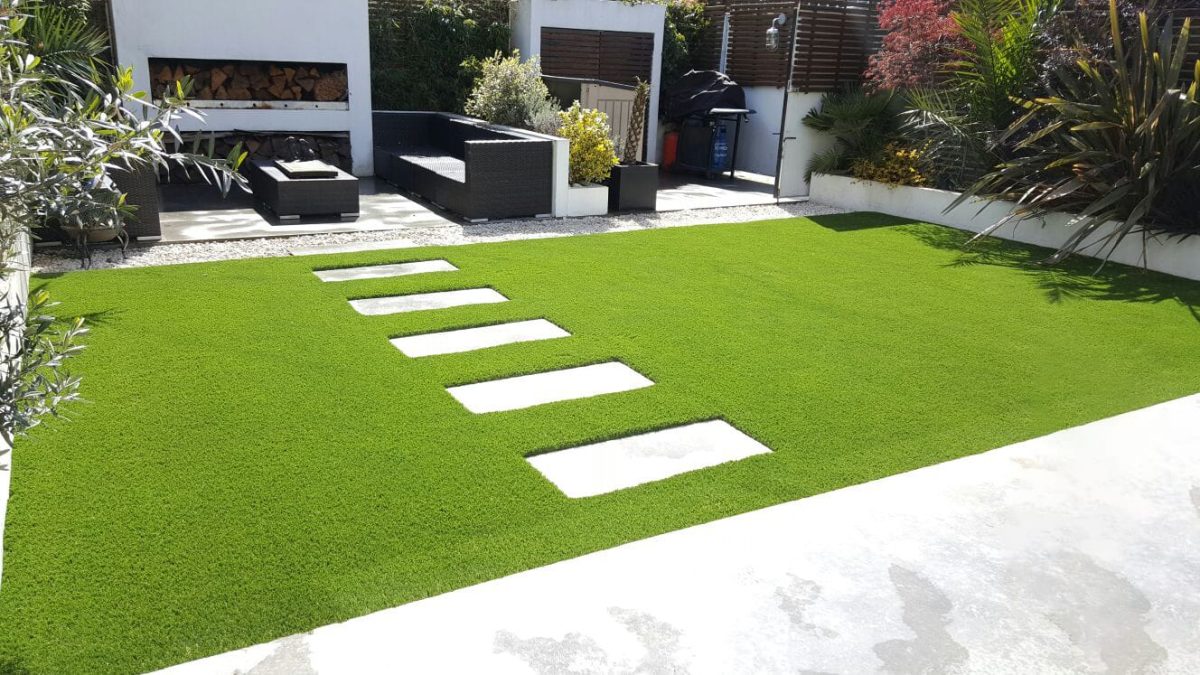
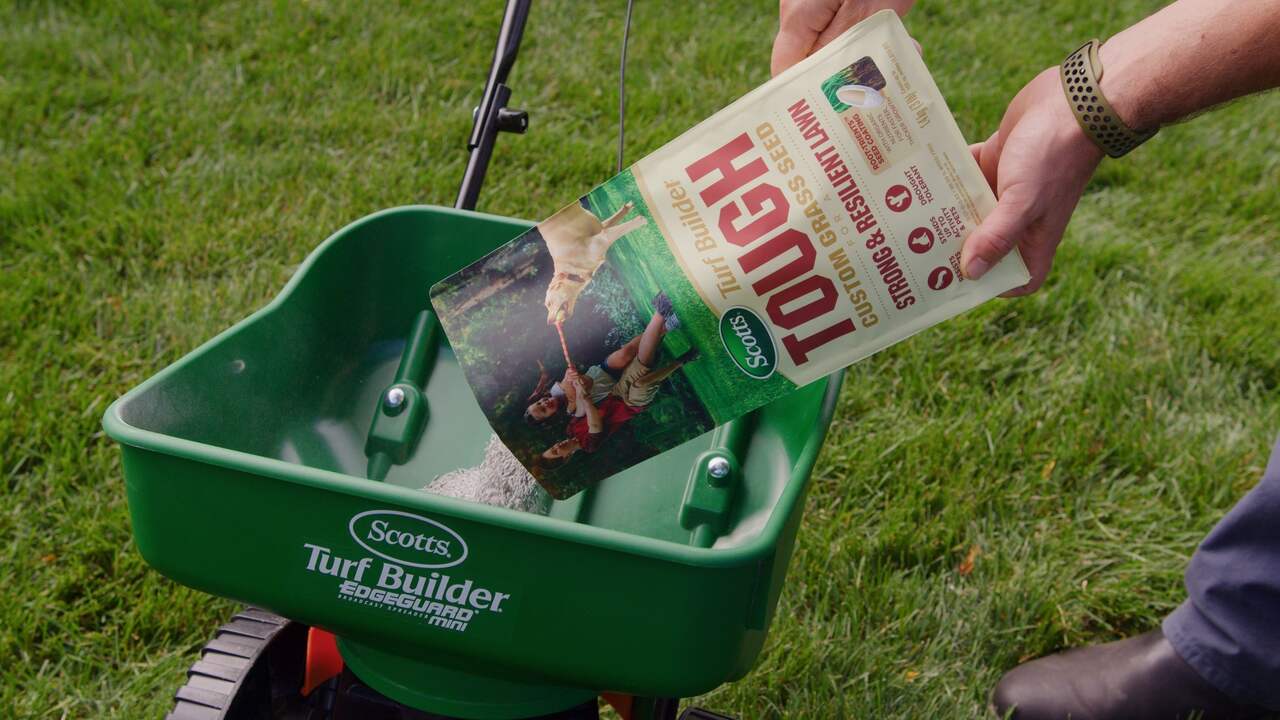
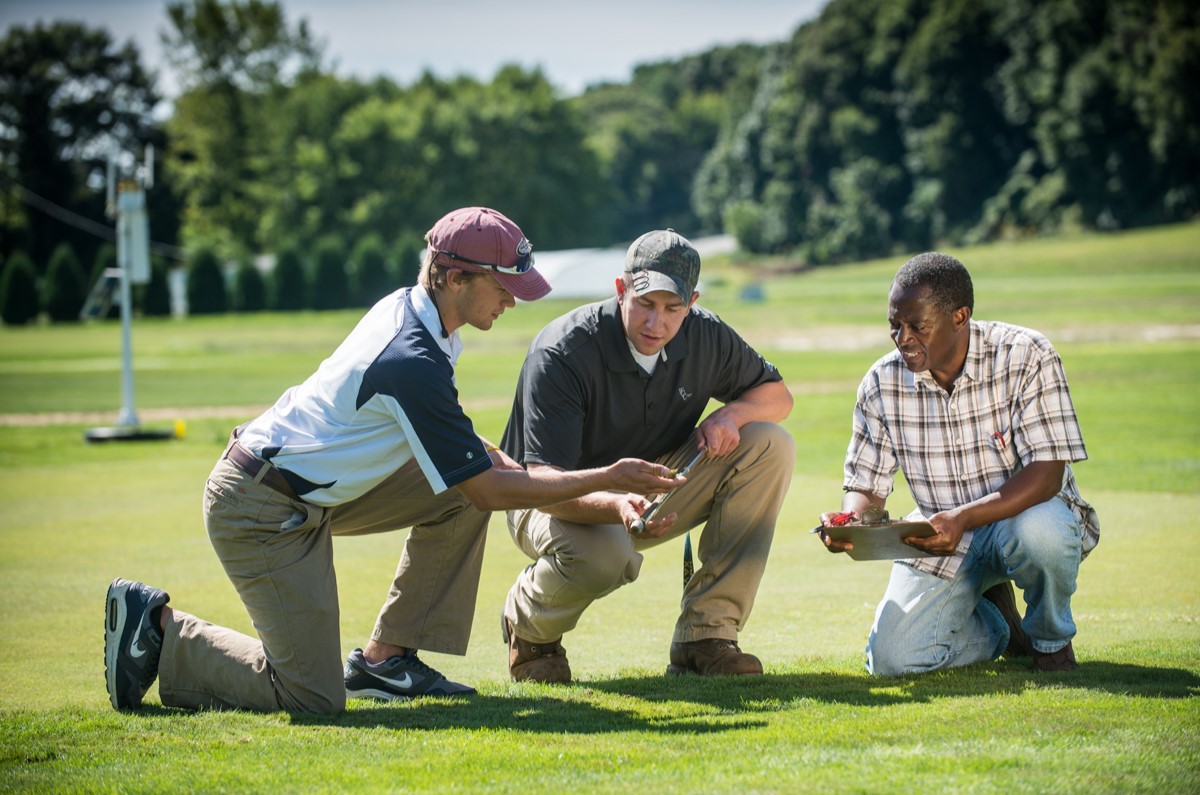
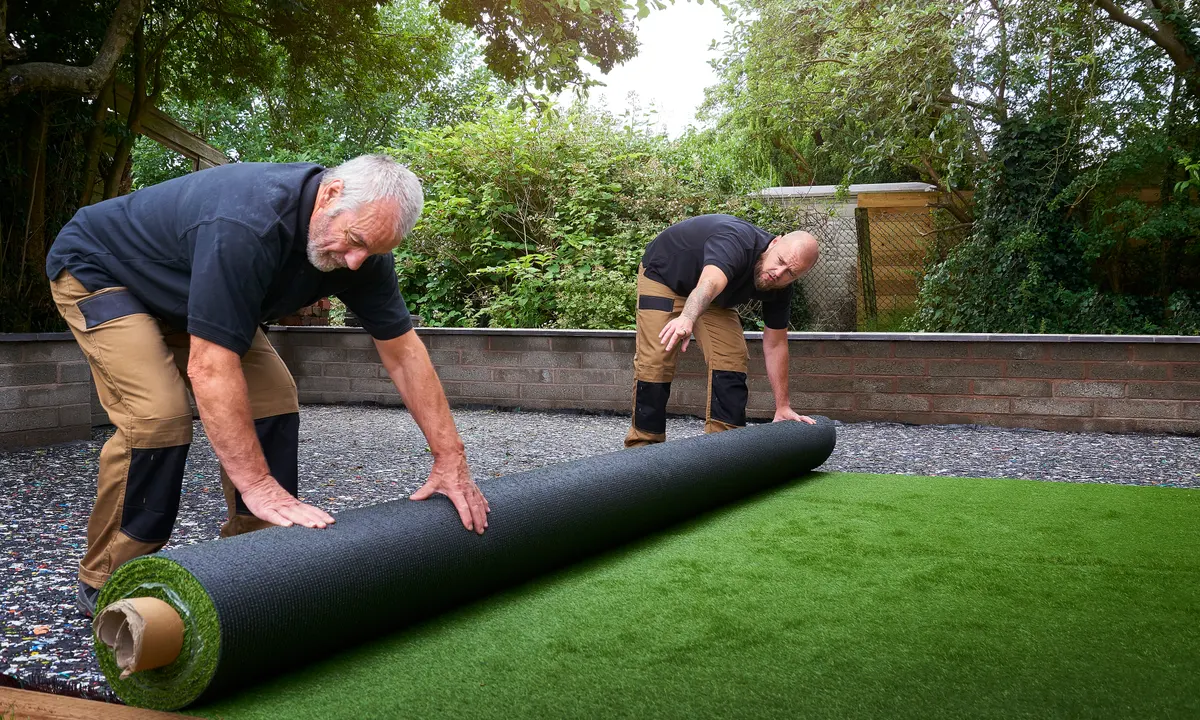
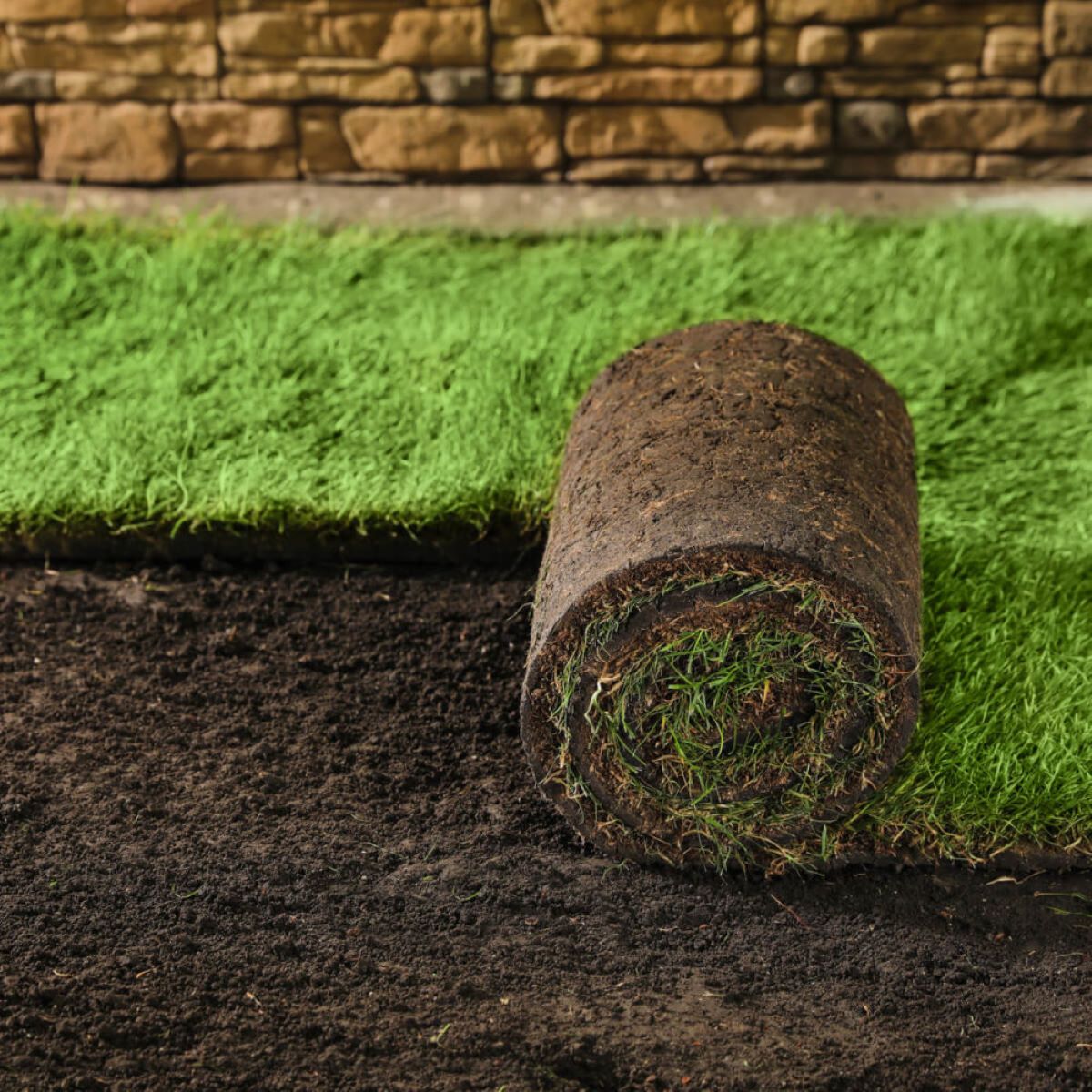
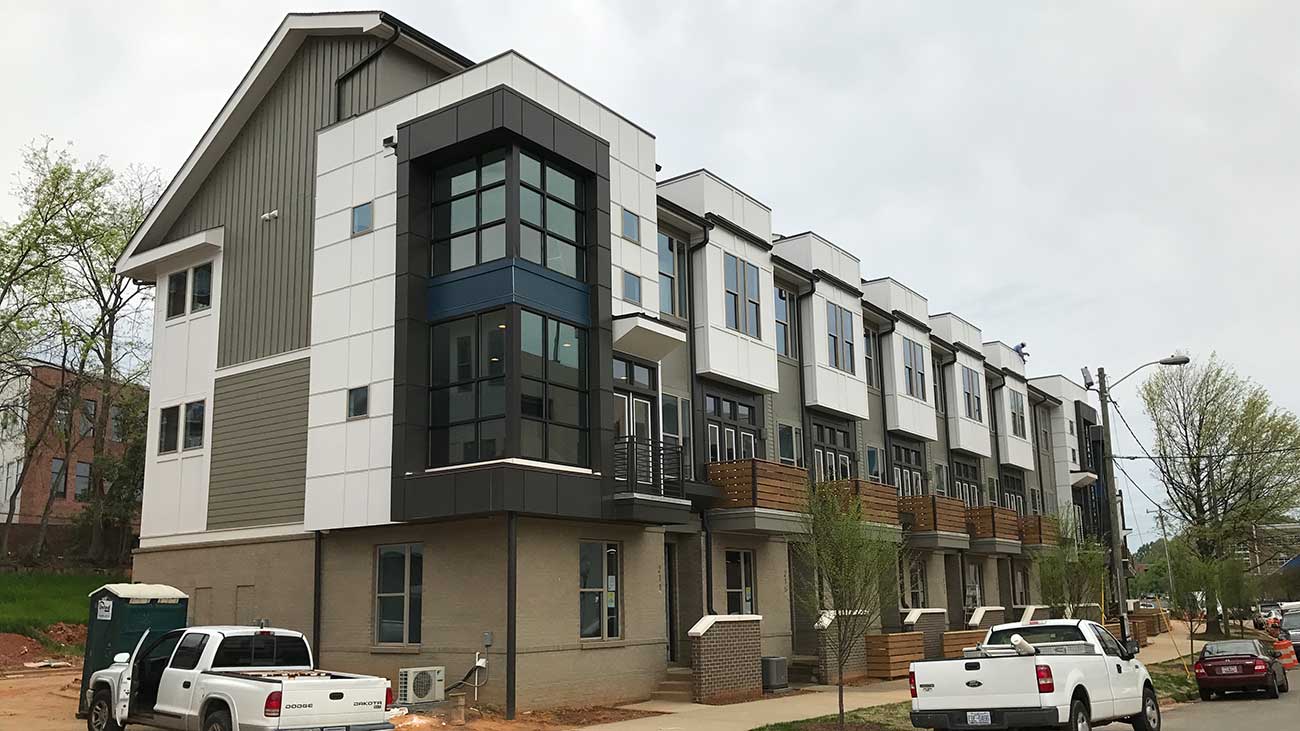
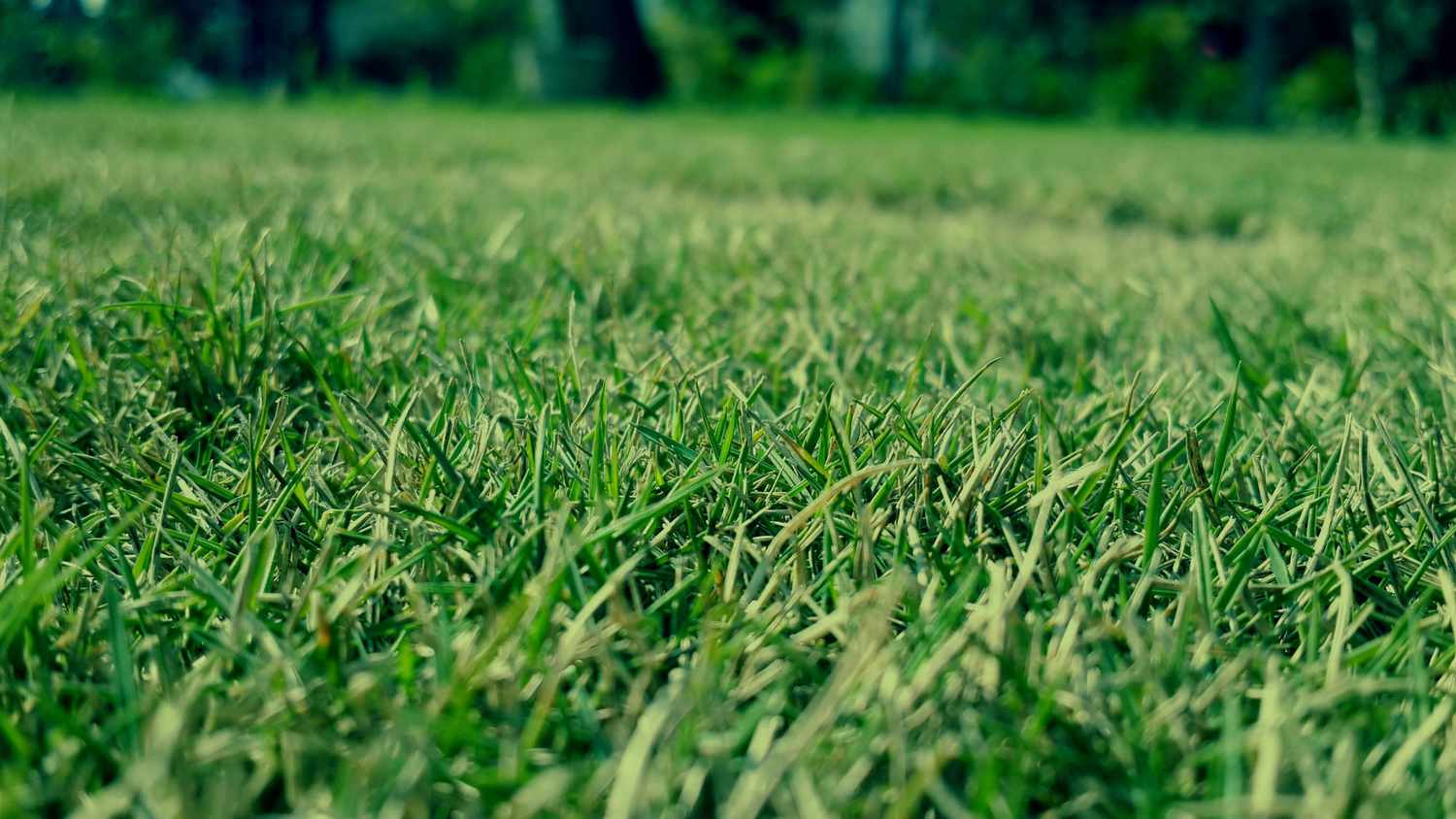
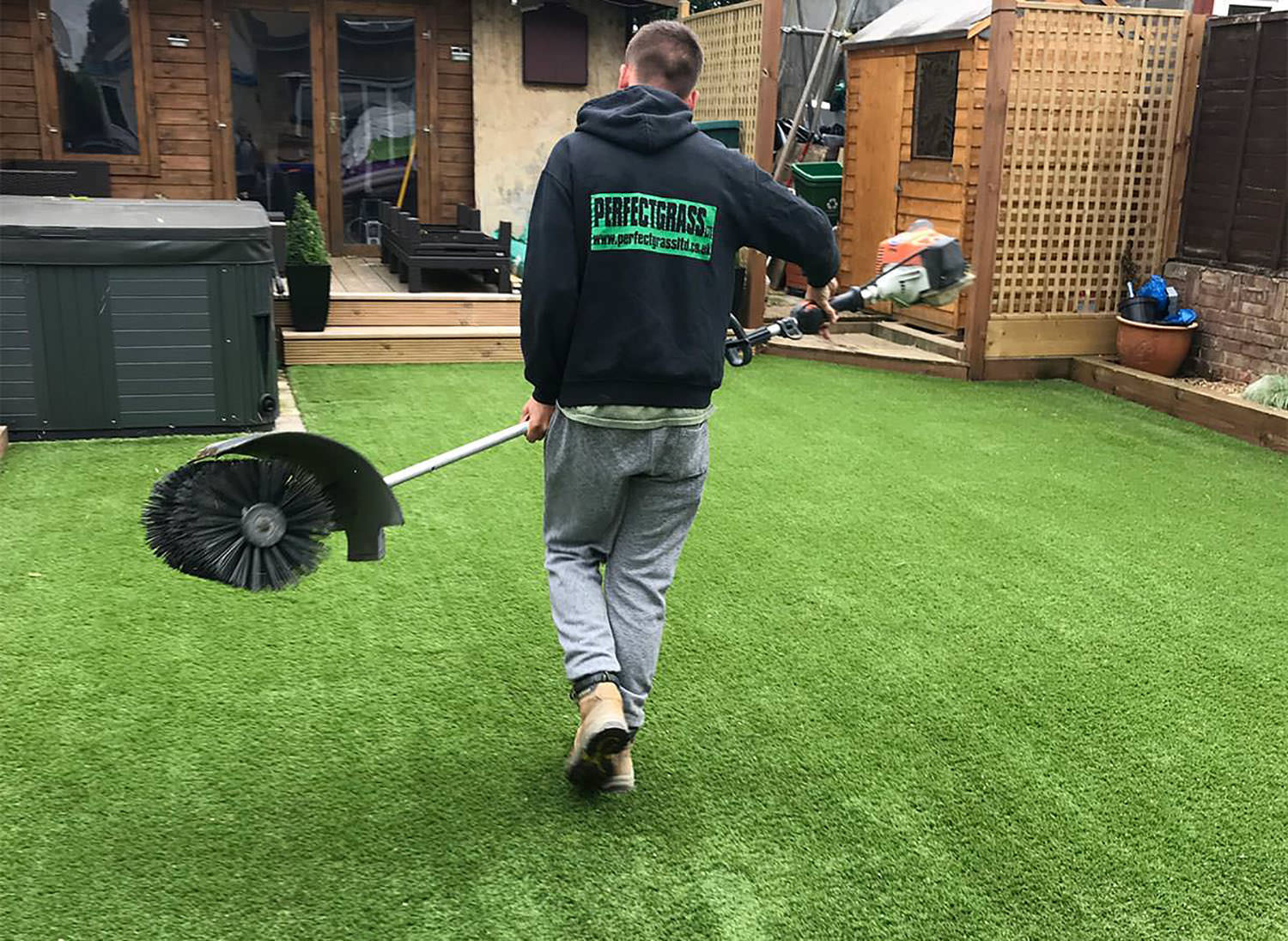
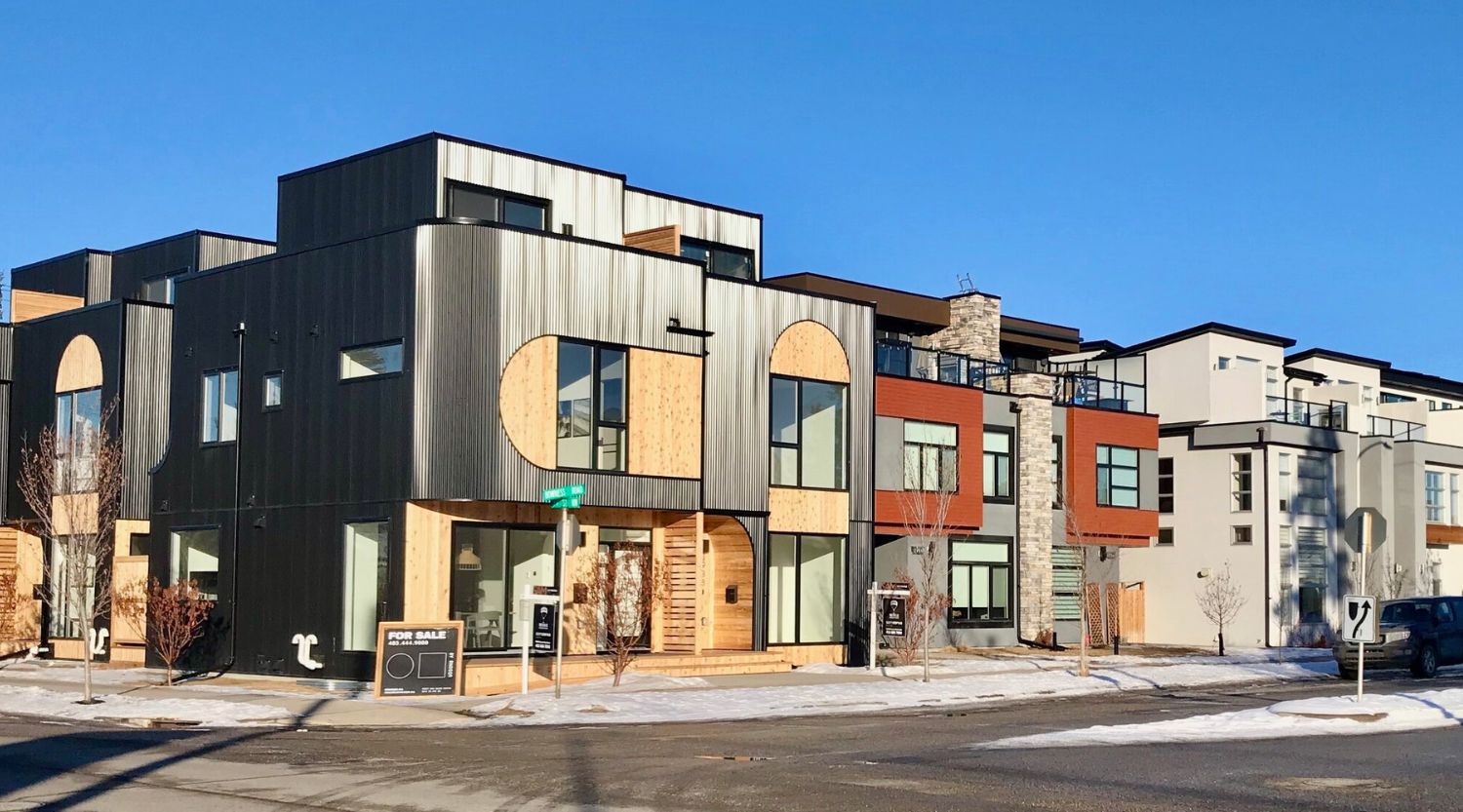
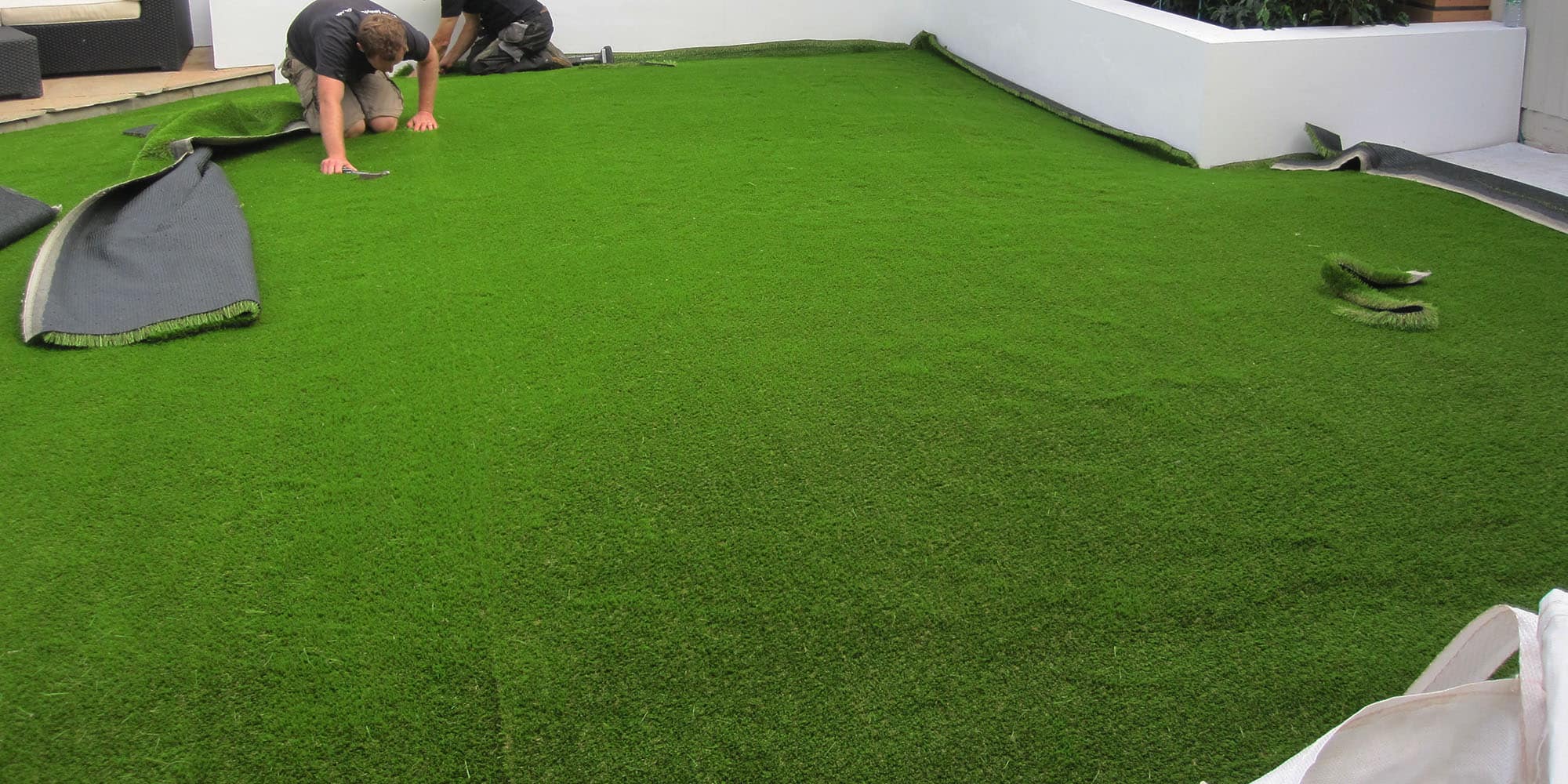
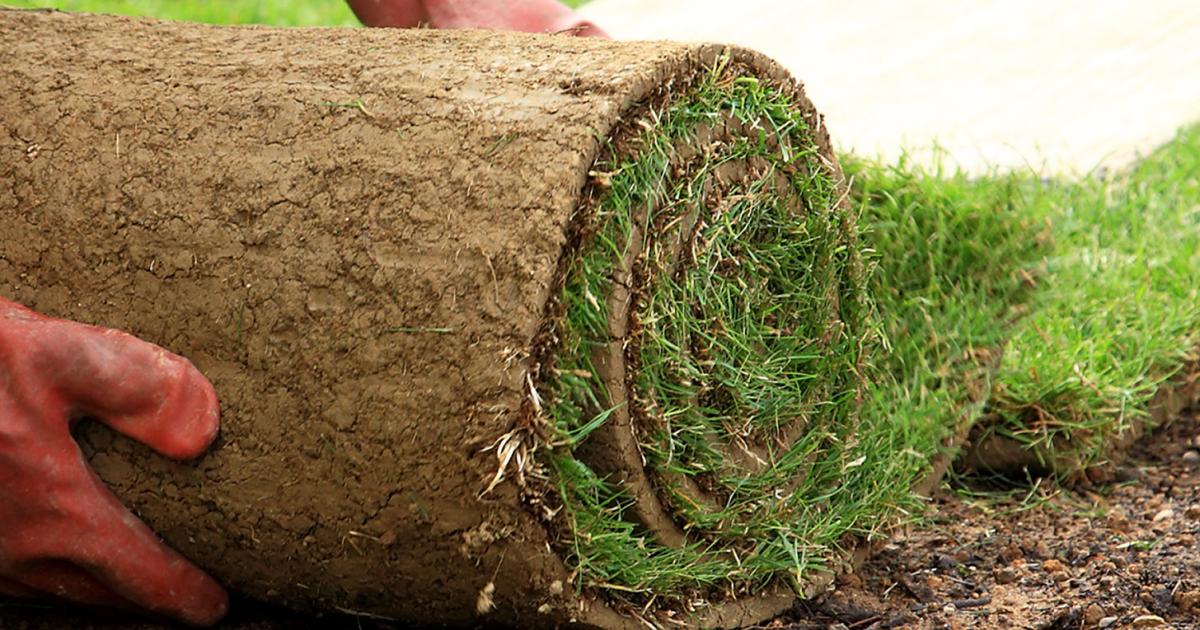
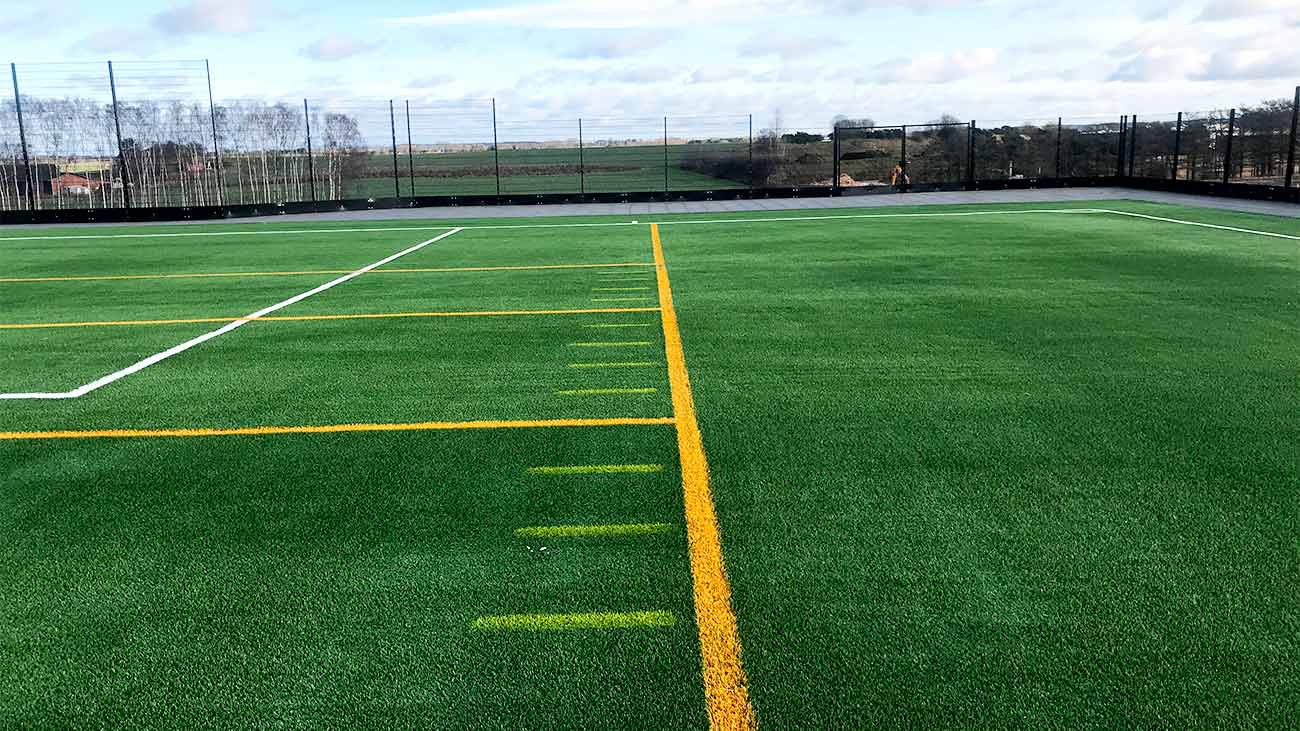

0 thoughts on “Where Do Nodes Develop On Turf Grass”